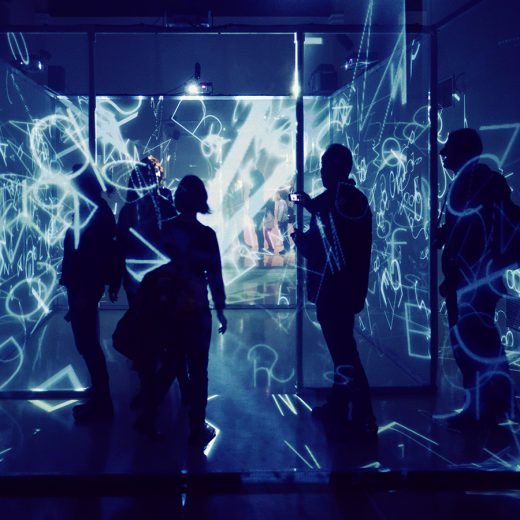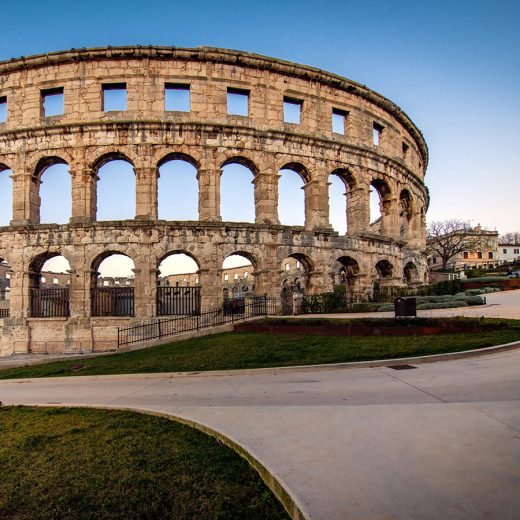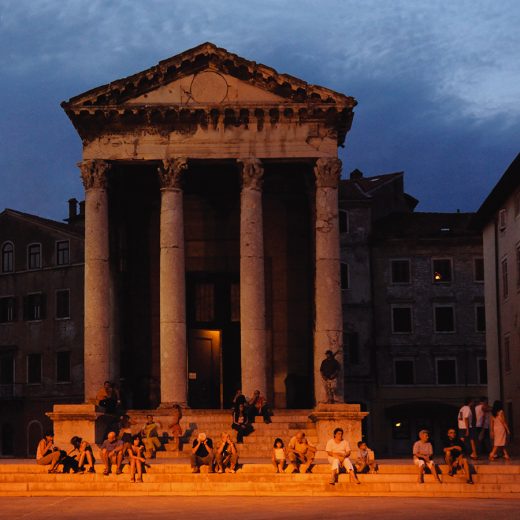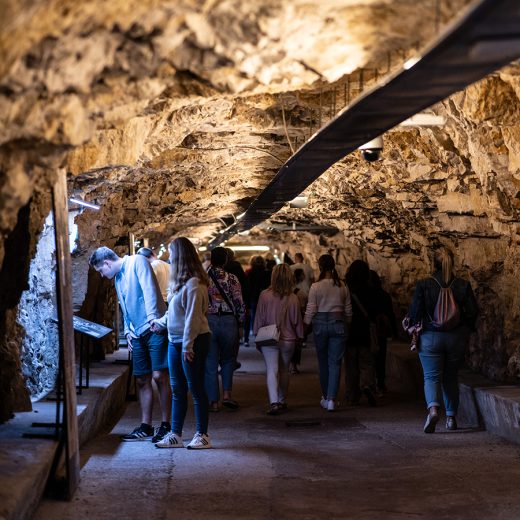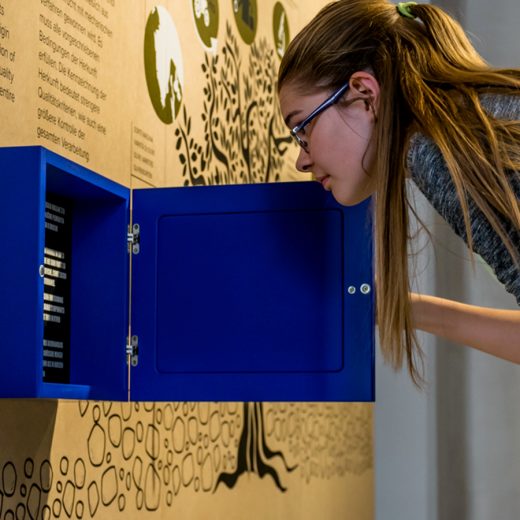Agrippina’s house is an archaeological site situated in nowadays office of OTP bank and garden space in between buildings of Sergi street and Francis of Assisi Street on the southeast part of the antique Roman forum, main square in the Antiquity. This building is only a small part of a very deep and interesting story. On a surface of 550 m2 there are traces of more than 3000 years of history of our town. Archaeological traces from Venetian times from 6th century as well as imported Hellenistic and Etruscan ceramics from 3rd century BC have been found here. During Roman times Agrippina’s House was facing the town’s main square and decorated with marble, colored frescos and grouting. Glorious ancient times are now in shadow of two stone monuments that awakened an incredible interest of archaeologists and the public: a marble head and torso of an ancient emperor from 1st century BC. On the fundament made of bricks and covered with marble there has been found a bust of the empress Agrippina Minor. The hypothesis is that during the reign of Emperor Claudius one of the taverns within the Forum of Pula has been rearranged on the inner side as a sacellum (a small shrine) or a room for the emperor. But who is actually Agrippina Minor, looking at us with her thousand-years-old eyes? She is a Roman noblewoman, sister, queen and mother. She grew up with her brother Caligula, emperor known in stories about the meanest cruelties; she is the wife of the wise emperor Claudius and mother of moody and disreputable Nero, who presumably ordered her murder.
Agrippina’s House
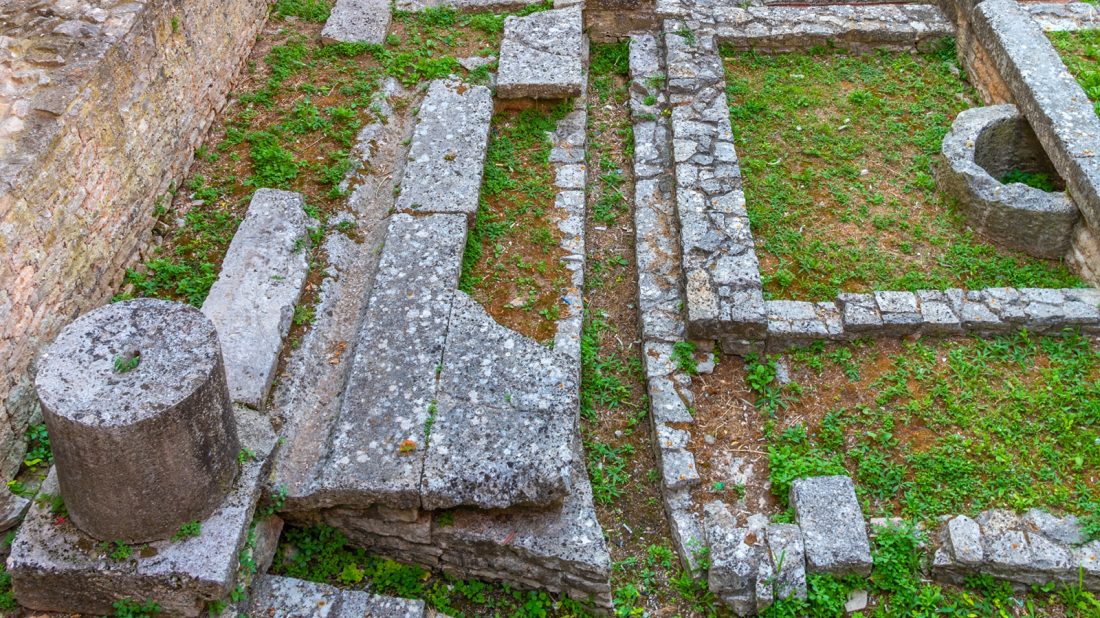

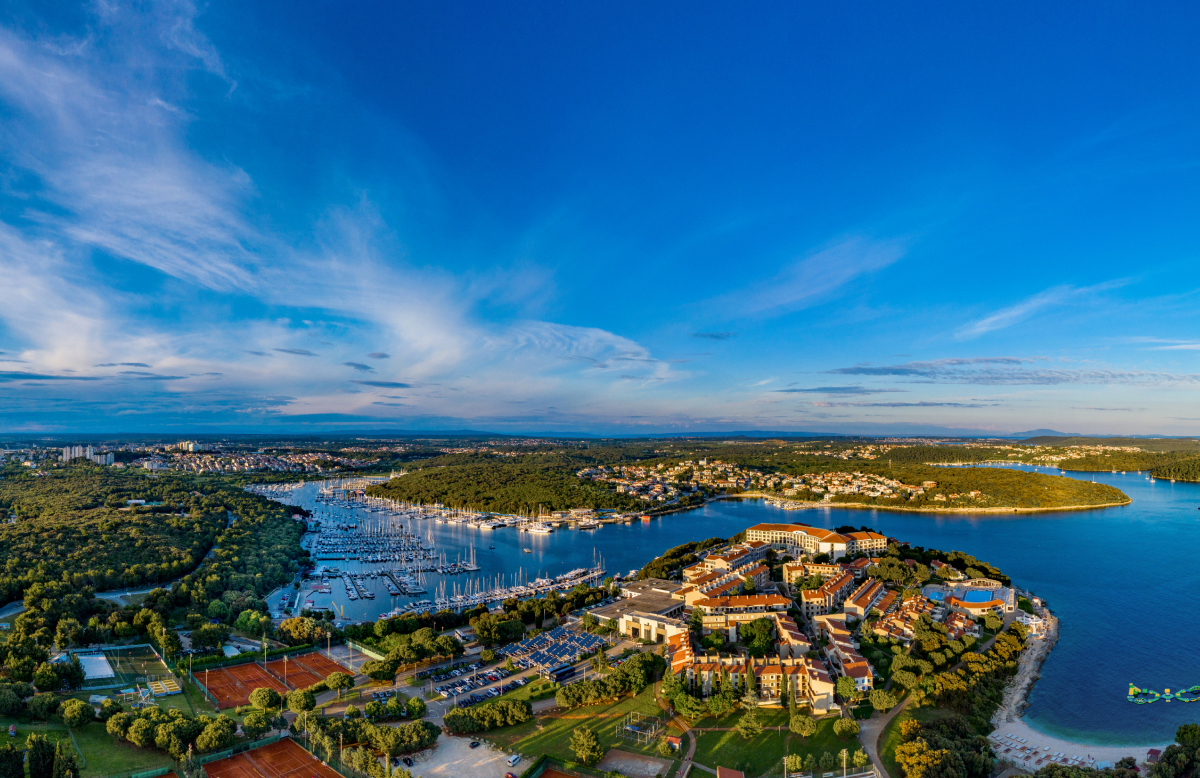
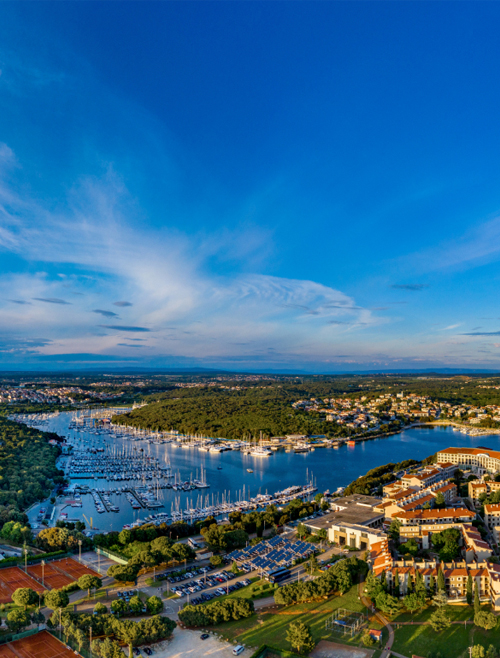
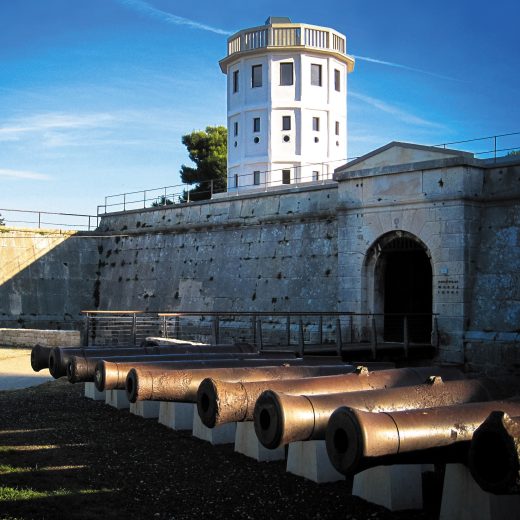

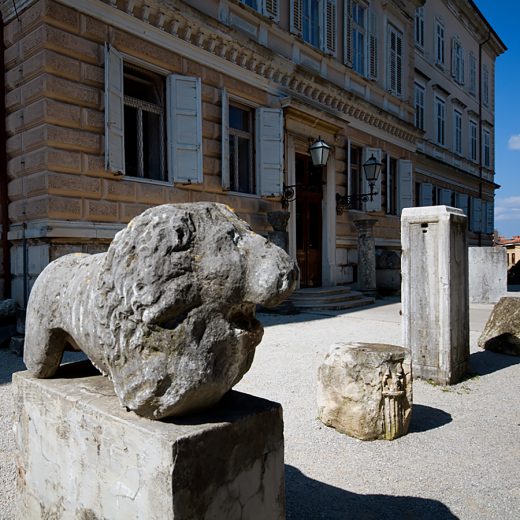
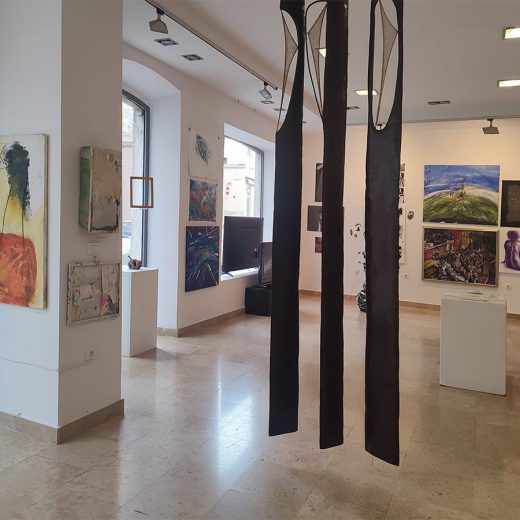
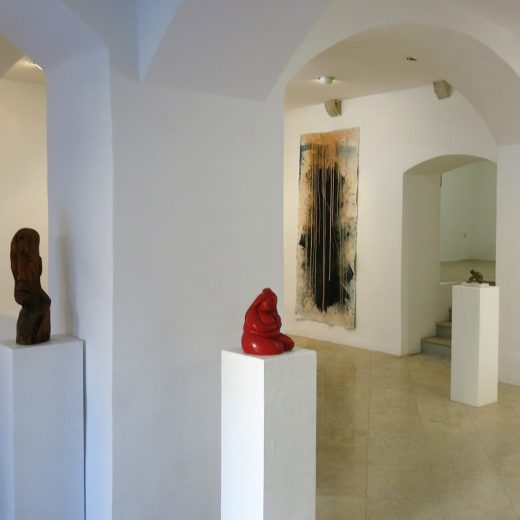
 Sveta Srca
Sveta Srca 